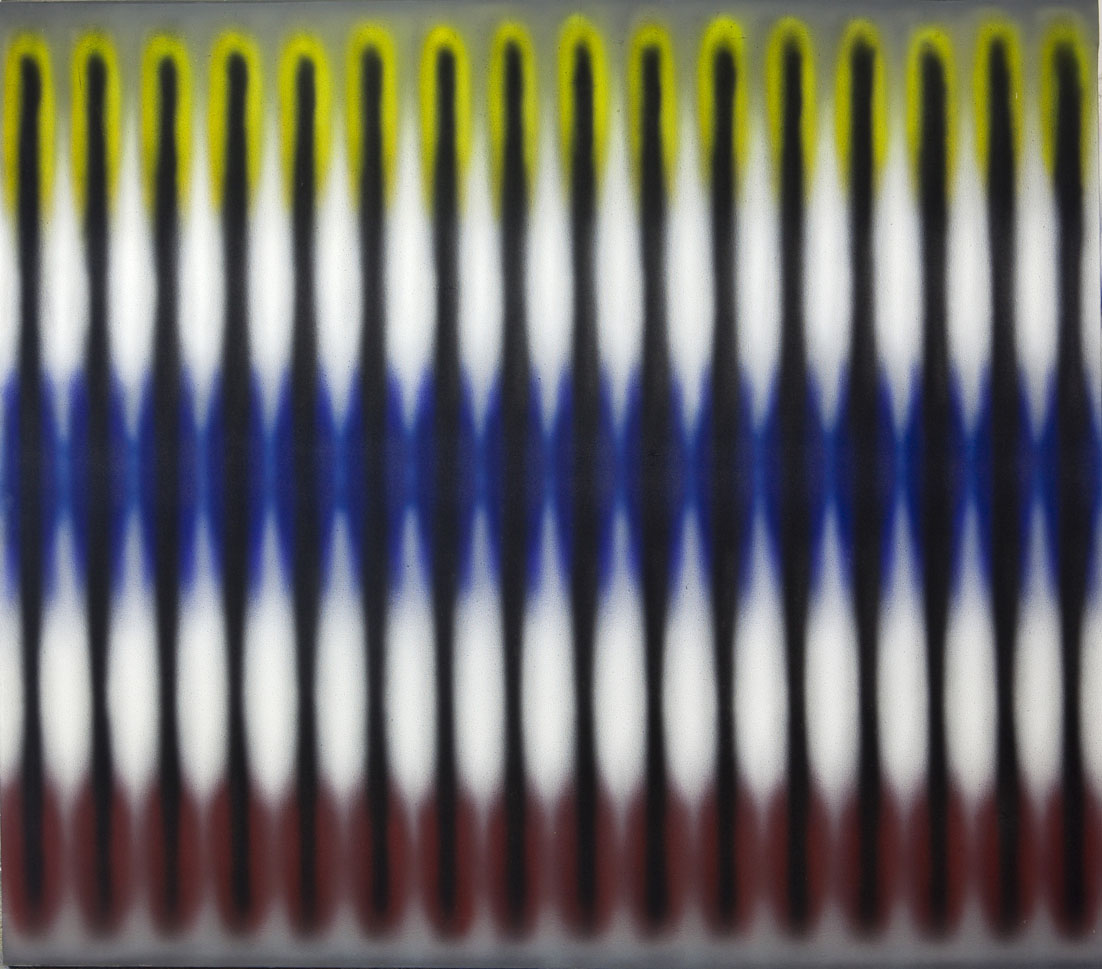As it’s now less than two weeks till opening night, I wanted to let everyone know about Belfast Girl: A Love Story, from London Irish Theatre.
Set in the aftermath of the Good Friday Agreement, Belfast Girl: A Love Story considers the human dimension of the Northern Ireland question, and uncovers the personal costs of political struggle. Annie is the Belfast Girl of the title: a working class protestant who grew up during the troubles. Her marriage to Orangeman Billy is on the rocks, and an unexpected visit from English Catholic Dave, her childhood sweetheart who she hasn’t seen since her teens, brings matters to a head in an explosive manner. The play is written and directed by John Dunne, and features Mary Tynan (me) as Annie and Ian Macnaughton as Dave.
The story of Dave and Annie has been through several incarnations over the years. The first, titled Belfast, premiered in the 1990s and featured the couple as teenagers, with Tanya Franks as Annie. I become involved during the second incarnation, Belfast Boy, which was written to be the second play in a double bill with Geraldine Aron’s A Galway Girl, touring in 2009/10. This was a two hander, with the older Annie and Dave meeting again after many years. Belfast Girl followed in the summer of 2010, and I played Annie for the second time in a completely new work which also featured Annie’s brother and husband. This play has recently had a Belfast run, in which the story was expanded to include two further characters.
Belfast Girl: A Love Story returns to the two-handed format, but with a twist. There may be only two actors, but there are more than two characters! I’m really looking forward to playing Annie again, and would like to invite readers of Notes From Xanadu to join the audience. Previous versions Belfast and A Belfast Boy have both received critical acclaim from the press, and Belfast was a Time Out Critic’s Choice.
“John Dunne’s sensitive squint at the Ulster legacy adapts well to the stage. What’s impressive about the rapid stucco of tense, bite-sized scenes is that they’re eloquently counterpointed by a driving commitment to character development.” Time Out
“A sharply realistic play still willing to speak for love, however guarded, as the central human value.” City Limits
“Fantastically gripping.” What’s On
“Moving stories in an Irish odyssey.” Camden New Journal
Belfast Girl: A Love Story is playing on both sides of the Thames this Summer. It opens on 20August 2013 at the London Theatre, New Cross, running nightly at 8pm until 24 August, with a Sunday matinee on 25 August at 4pm. It then runs from 27 to 29 August nightly at 7.30pm at the Babble Jar, Stoke Newington and from 30 August to 1 September at the Precinct Theatre, Islington, with all performances there also at 7.30pm. Tickets can be bought on the door, from the London Theatre Box Office (www.thelondontheatre.com), and from www.irish-theatre.com .






